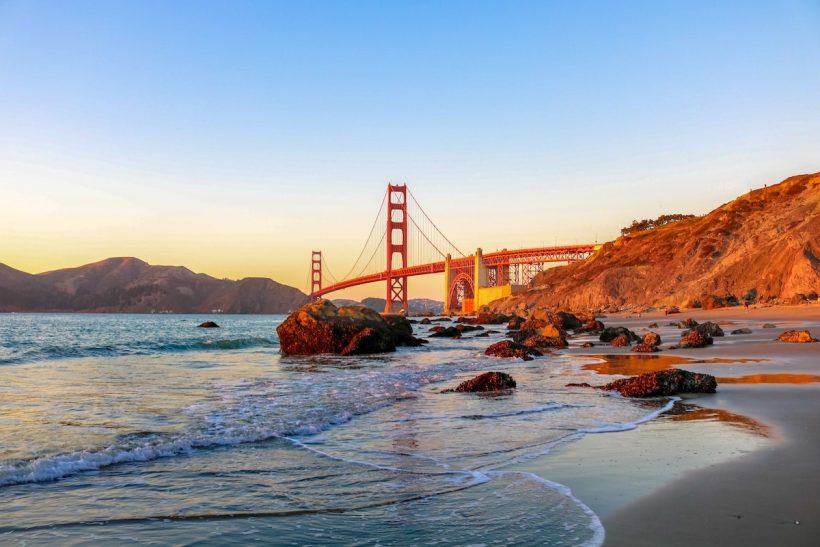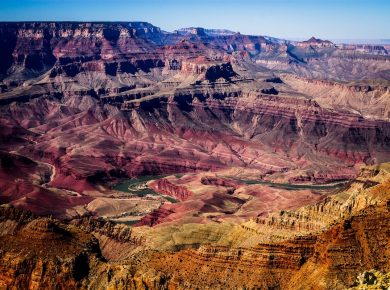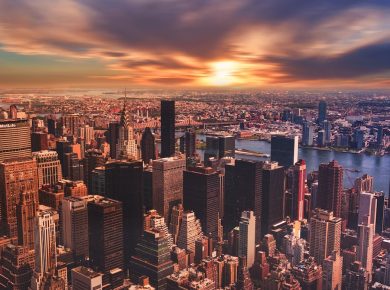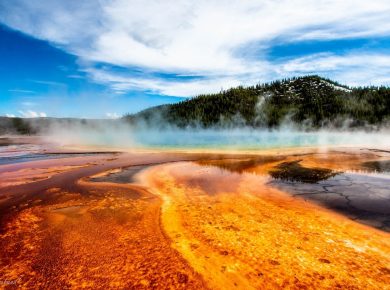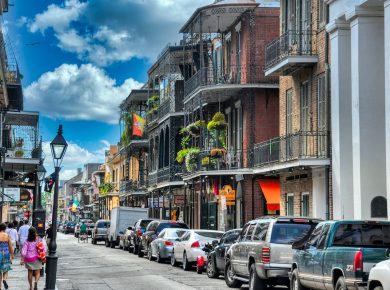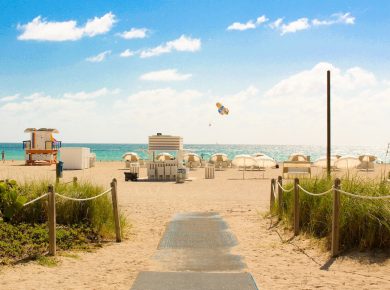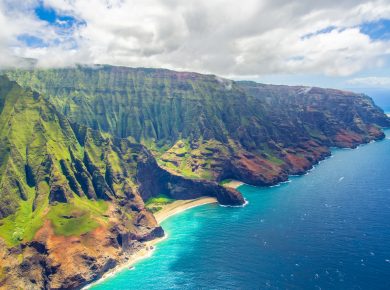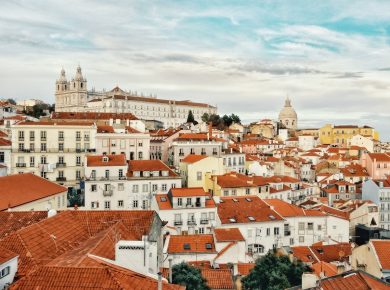The best months to visit San Francisco span from early July to late October. During this time, the heat from the city burns off any humidity as locals come out of their colorful homes to enjoy the sunny skies.
Luckily for travelers, San Francisco’s best months to visit never get hotter than the low 80s. Additionally, San Francisco’s heat burns off the city’s typical clouds from June through October. Expect pricier flights and hotels as airline and hotel companies know that people want to experience San Francisco while they have time off.
The city’s short fall and long spring brings cooler temperatures, ranging from the 50s to 70s. As this is not the peak traveling season for San Francisco, you may be able to find some deals on hotels and flights.
We recommend early September as the best month to visit San Francisco. During this time, temperatures range from 65°F to 80°F.
San Francisco’s coldest temperatures arrive in October and last until December. During this time the city tends to be overcast. This is a great time to travel as plane and hotel costs drop because of the lower temperatures. Additionally, any fun events during this time will likely move inside as the city’s inhabitants avoid the cold.
Table of Contents
Average Temperature In San Francisco
The hottest time in San Francisco lasts for a little from late June through early October. Travelers may find this time quite pleasant because the average temperature stays in the 60s.
Late September usually boast the best temperatures. Travelers should know that the average temperature in September is 63°F and reaches 72°F. Expect a bustling city, packed beaches and filled restaurants, as wearing shorts and sunscreen is a must for this time of season.
Even excluding the warmest summer months, the weather in San Francisco is still great traveling weather. From February to June and also in November, temperatures average in the 50s and can get as high as the mid to high 60s. People will be out and about exploring the city and the surrounding Bay Area even during this time of year.
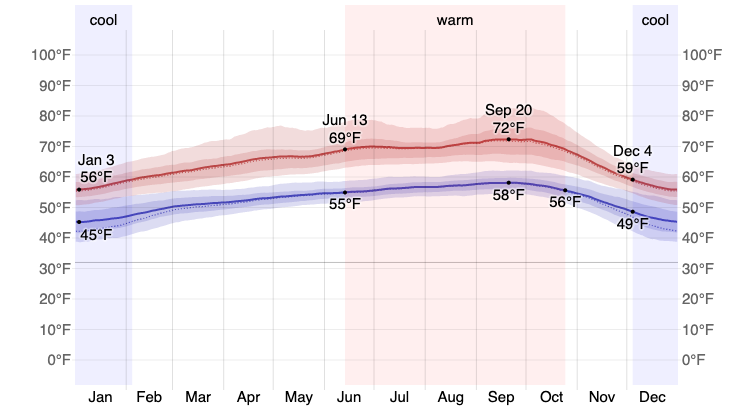
The cold season definitely scares away locals, especially if they’re from other parts of the Sunshine State that doesn’t experience harsh colds. But luckily for travelers, the cold doesn’t last very long. The coldest months range from December to early February, when temperatures drop to as low as 46°F.
People from colder parts of the world should remember that San Francisco tends to be more overcast, windy and humid during the cold season, so what may seem like a tolerable winter can feel very different once you’re standing in the heart of San Francisco. Warm layers are a must for this season.
Daily Chance Of Precipitation In San Francisco
Compared to other parts of the United States, San Francisco is mainly dry. If you plan your trip right, you could probably make it the whole time without seeing rain.
The city does get wet from November to April, but it only averages eight days per month with rain. February is the mostly likely month to receive any sort of precipitation. During February, the average rainfall reaches about four inches.
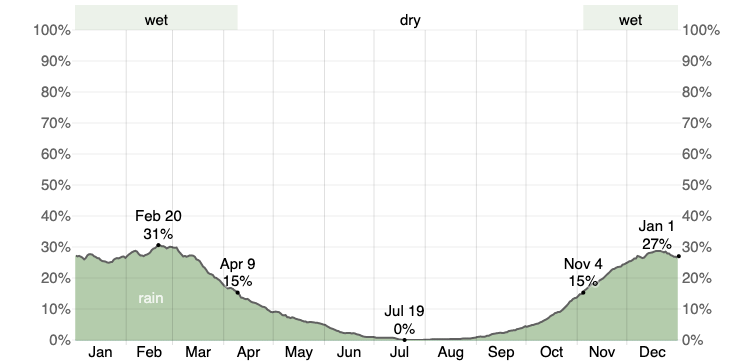
Bringing an umbrella on your trip or a waterproof layer can be a simple way to add some rain protection and keeping yourself comfortable during your winter wanderings.
The rain totals drop significantly in March and April and hardly exist from spring until early fall. This is the best time to hit the streets and even go to the beach as water temperatures peak at 58°F in September.
Of course, every year is different so travelers should make a habit of watching the forecasts. As your date arrives, those forecasts will be the best indicator of what to pack on your trip.
Humidity Comfort Levels In San Francisco
Travelers can expect San Francisco to be mostly dry and comfortable throughout the year. The city does tend to get a bit humid from July to September. You don’t need to worry about the coastal city feeling muggy though, as the city never reaches that level of humidity.
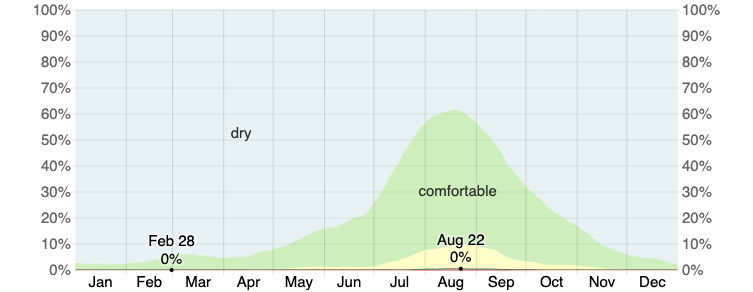
Expect wind to play a part in your daily life while exploring San Francisco. It tends to be windy, experiencing anywhere from seven to nine mph winds throughout the entire year. On humid days, time might be better spent eating at a nice restaurant, checking out a museum or booking a guided tour to avoid the uncomfortable weather.
Best Time Of Year To Visit San Francisco For Great Weather
It’s easy to find a good time to travel to San Francisco if you avoid its coldest months.
For warm sun and blue skies, travelers should certainly clear their calendar from late June to the beginning of October. During this time, temperatures range from 65°F to 80°F. The city gets warmest within that time during late August when temperatures hit their max at around 90°F. Additionally, the water temperature will reach about 57°F, which is one degree off its warmest temperature.
Because of this we recommend early September as the best month to visit San Francisco. The weather during this time is cooling off from the summer heats, but not by any means cold. The heat will burn off most of the clouds, rain and humidity making for an extremely comfortable stay. You can expect some wind, but any breeze will just help cool off the hotter days as you walk the hills and gaze at the ocean in San Francisco.
If you’re traveling to San Francisco during the summer, expect steeper prices for airlines and hotels. This is when many families have time off from school and work, and many people look to San Francisco for a summer getaway. If you can make it work, September might also have slightly reduced prices while retaining the good weather.
For those looking to travel during summer season, consider planning ahead to beat the last minute rush.
Best Time Of Year To Visit San Francisco For Low Prices
Travelers looking to save money on their flights should book months ahead when planning a trip to the Bay Area. San Francisco boast some of the highest prices for airfare, travel and food in the United States. Lucky for travelers, the city is so large that people can often find more affordable options if they search hard enough.
You can expect airfare to rise during the holiday season, as more people board flights to see family. Additionally, you can expect your ticket and hotel costs to rise during peak travel season in the summer when children have time off from school.
There are many good tips to cheapen your airfare, like setting price alerts or checking ticket prices when the airline is boasting a deal. Another idea is to search multiple airports around San Francisco in the Bay Area. Different airports may offer lower rates to remain competitive.
Additionally, if you’re trying to save money on your hotel, consider a hostel. Hostels tend to be located in the heart of cities and boast cheaper housing options that prioritize housing more people rather than the lavish experience regular hotels offer.
That being said, many hostels in San Francisco are still quite nice. The quality of the hostel is different from place to place, so do your research. Regardless of the airport you land at or your hotel location, make sure you have a game plan for your trip.
The Bay Area is a huge place and tourists can easily get lost buying expensive trinkets and paying for a Uber if they are unprepared and travel too far from their destination.
Peak Travel Season In San Francisco
Many travelers don’t expect the fall to be when the city hits its most comfortable, so they try to hit San Francisco during the summer. But now the secret is out: San Francisco hits their peak season in September.
The mixture of clear skies, low humidity, warmth and wind make it a comfortable place to spend a fall season that may still feel like summer. September travelers can also expect slightly cheaper airfare and hotels, which will make you the envy of your friends who traveled there during the summer.
But lets be honest. Don’t expect to save money on your trip. San Francisco is expensive year-round.
But you’ll forget all about costs as you spend time in one of the most iconic cities in the United States. The city has so much to offer visitors — from the Golden Gate Bridge, old-timey trams, modern street art and so much more.
The city also boasts being widely seen as a top foodie city in the country. The city’s diverse restaurants span casual to Michelin-star dining, meaning anyone can find a plate that meets their expectations. Prioritize getting your hands on San Francisco’s Italian, Seafood or Chinese food featuring locally sourced ingredients.
Shoulder Travel Season In San Francisco
For those looking for a mix of good weather and don’t mind the expense, aim for spring to early summer. May to June is the shoulder season because the weather is still comfortable and you can still experience everything and anything the city has to offer.
When traveling during this time of year, consider taking advantage of local transportation. A great way to travel the Bay Area is the local BART (Bay Area Rapid Transit), a heavy-rail public transit system that connects San Francisco with the East Bay and South Bay. The BART is widely loved across its 50 stations and 131 route miles of track. Consider buying a multi-use BART pass — the clipper card — if you want to use the BART for all of your exploration.
But those who plan on experiencing the city by BART should also expect to do some walking. Luckily the city is a great place to explore by foot. At this time of year, you’ll enjoy the warming temperatures and cool breeze.
This method will give you plenty of options. You can walk the hills of San Francisco and view the vibrant Painted Ladies the way they’re meant to be viewed — from the park or sidewalk. You can BART and walk to Fisherman’s Wharf or catch a ferry and sail the waters of the Bay Area. By BART and by foot, your options are endless.
Low Travel Season In San Francisco
San Francisco’s off season is — ironically enough — a peak season for bargain hunters.
From December to February, San Francisco’s tourism hits its slowest point of the year. Unlike Southern California, which remains sunny year-round, expect a less comfortable experience. The colder temperatures, overcast skies and windy conditions combine to create less-than-ideal conditions for exploring the city’s hills.
But if you’re planning on traveling during the off season, these conditions are likely right up your alley. San Francisco is always ready for its winter season due its seemingly endless museums, shopping areas, theaters and restaurants offering warm and comfy indoor escapes from the outdoor chill.
Sightseeing will still likely be possible, but bundle up and dress in layers especially if you still want to walk the Golden Gate Bridge, traverse the neighborhoods or take a ferry to Alcatraz. All that being said, sunny and warm days are possible during this time of year. Locals will tell you that if there’s a sunny day — even if your legs are tired from walking the hills, streets and museums of San Francisco — take advantage of it and get out of your hotel room.
Best Months For Travel To San Francisco
San Francisco is an iconic west coast city that boasts numerous attractions — like the Golden Gate Bridge, Lombard Street, Pier 39, Alcatraz, and countless museum and indoor venues.
Not to mention San Francisco is the heart of the larger Bay Area that includes Oakland, San Jose and Berkeley. Regardless of what time you visit the city, you shouldn’t have trouble finding memorable moments in the Golden Gate City.
